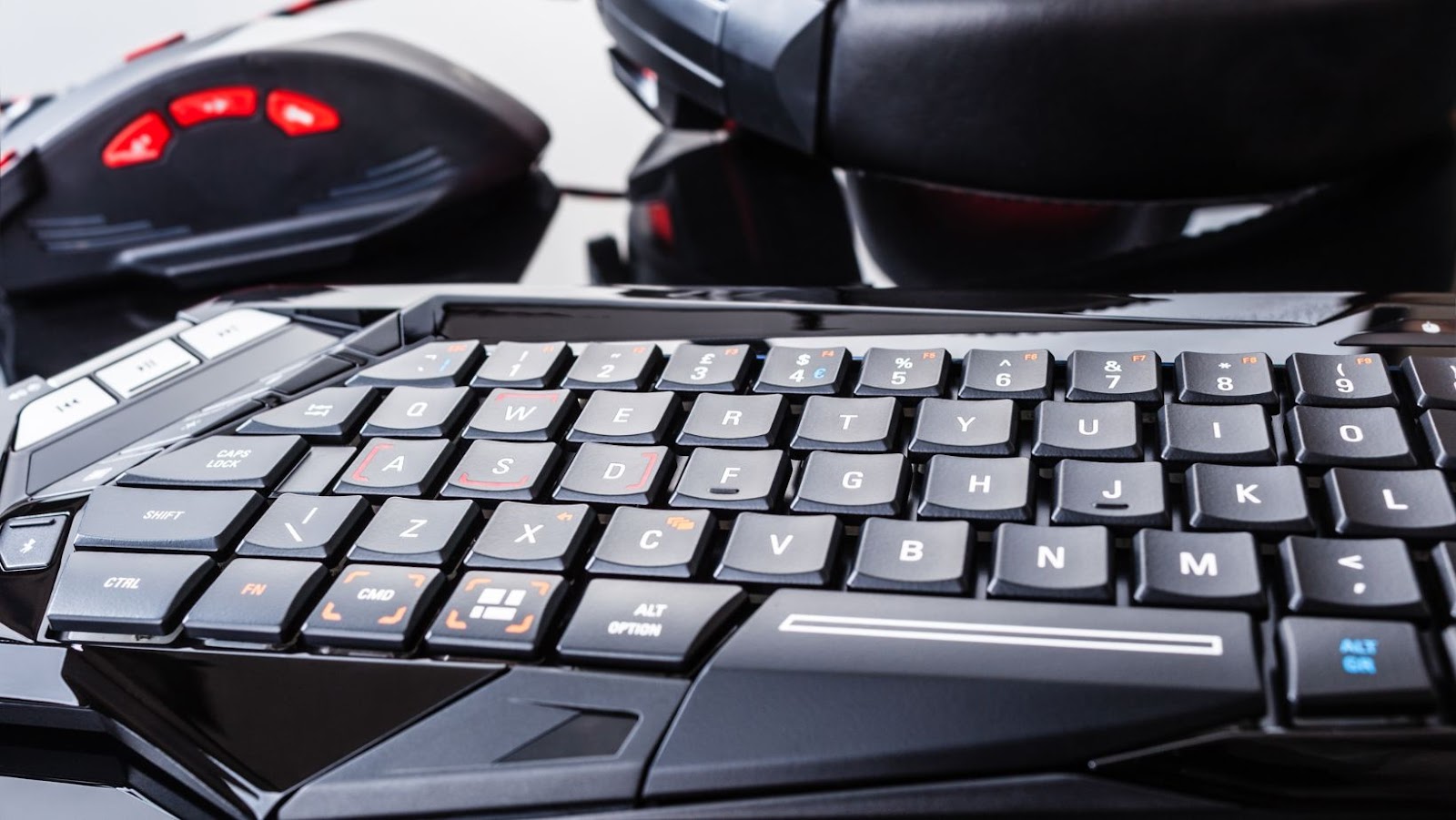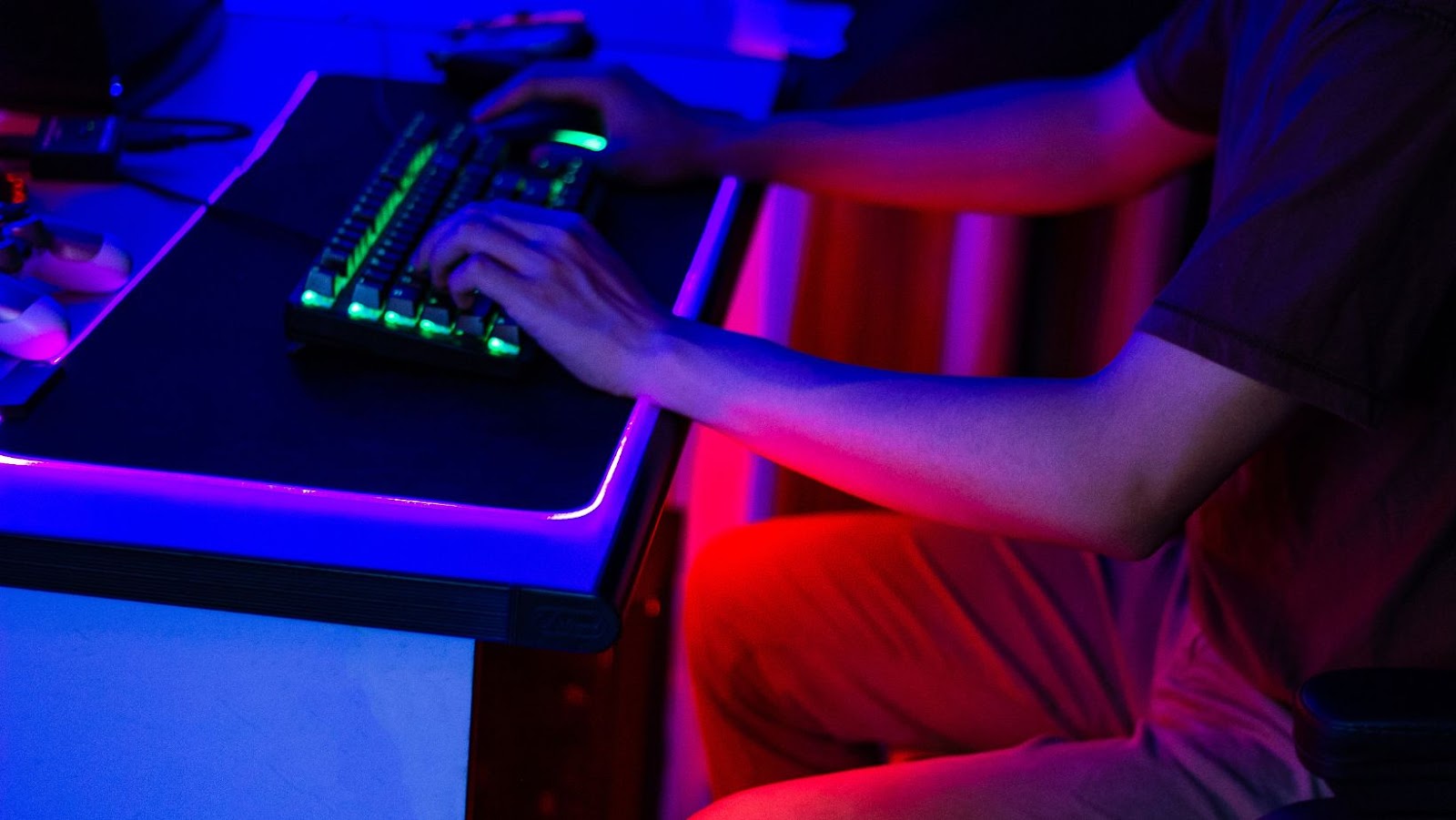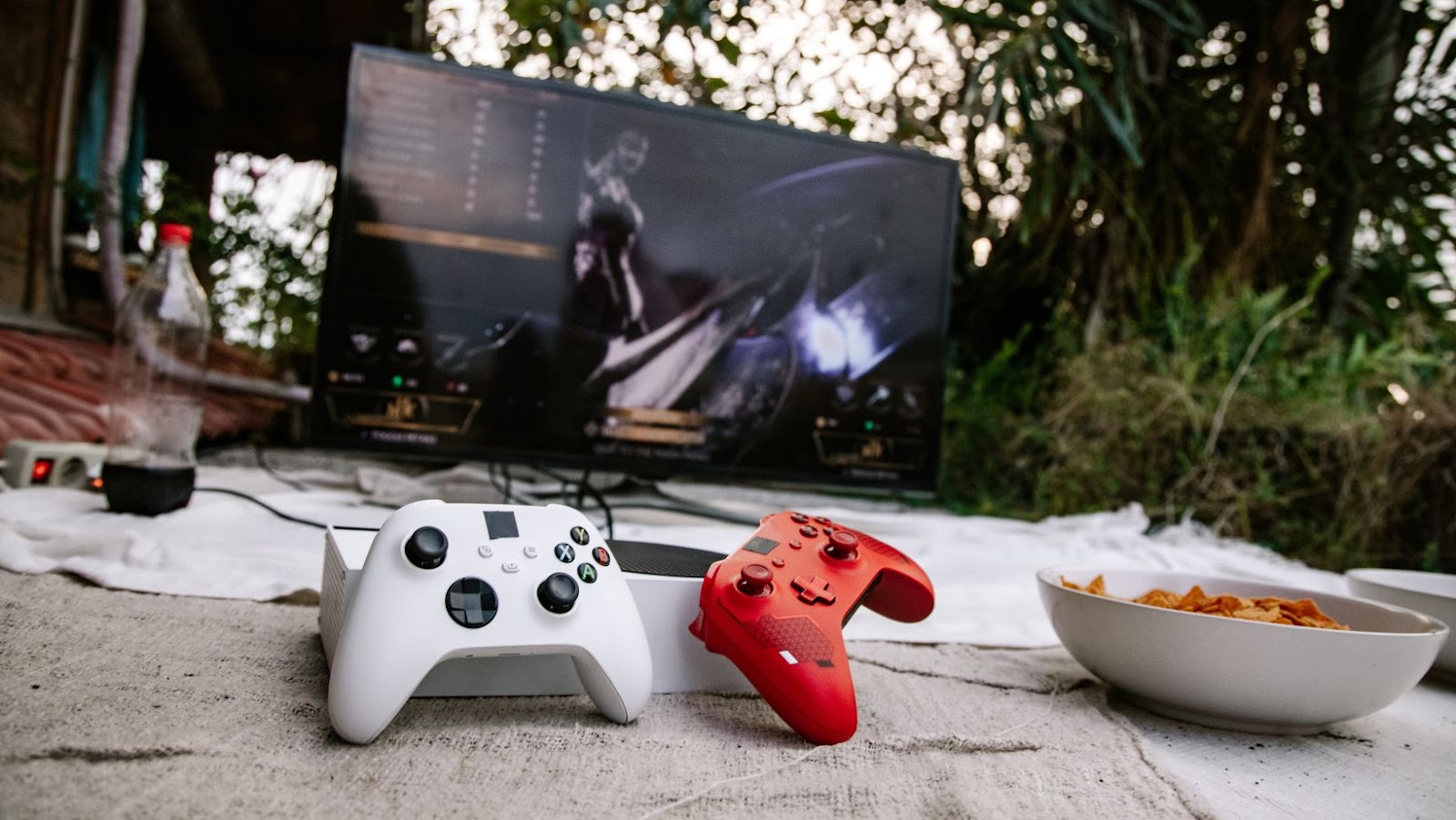 What is a Good Latency for Gaming
What is a Good Latency for Gaming
Latency, more commonly referred to as ‘ping’ in the gaming world, pertains to the time taken by a computer or console to send a signal or ‘ping’ to the server and receive a response back. Measured in milliseconds (ms), lower latency values indicate superior performance. Players might be well acquainted with terms like ‘lag’ or ‘delay’, which point towards a high latency. For instance, a latency of 50ms means that it takes 50 milliseconds for the ‘ping’ to reach the server and return.
What is a Good Latency for Gaming? In the context of online gaming, latency holds unparalleled importance. High latency can severely impede a player’s gaming experience. Games demand real-time reaction; thus, even a fraction of a second matters immensely. For example, in games like Fortnite or Call of Duty, a split-second delay could mean the difference between winning and losing. High latency prevents players from reacting quickly and impairs the smooth running of the game. In contrast, low latency ensures a seamless, high speed, and responsive gaming experience.
 What is Good Latency for Gaming?
What is Good Latency for Gaming?
Optimal latency levels in gaming pivot around specific benchmarks, varying upon the platform type. Delving into the element of latency in gaming, the discussion will now focus on the ideal rate for two prime gaming platforms, PC and console.
What is a Good Latency for Gaming? What is a Good Latency for Gaming?In the universe of PC gaming, low latency remains vital. Pursuing a latency of around 20 milliseconds (ms) guarantees a solid gaming experience. Many hardcore PC gamers consider latency under 100ms tolerable, but for competitive eSports gaming, they aim for latency as low as 50ms. For fast-paced, reaction-based games like CS:GO or League of Legends, achieving lower latency enhances responsiveness, providing that crucial edge.
Comparatively, console gaming exhibits more tolerance towards latency. Here, gamers achieve a satisfactory gaming experience even within a latency range of 150ms. Games played on consoles, such as Red Dead Redemption or Assassin’s Creed, don’t usually rely heavily on twitch reactions. Consequently, these games can handle higher latency without noticeable lag or detrimental effects on gameplay.
 Factors Influencing Gaming Latency
Factors Influencing Gaming Latency
A player’s internet connection plays a paramount role in defining gaming latency. A stable, high-speed connection tends more towards lower latency figures, thus enhancing the gaming experience. For example, broadband connections offer a significant reduction in latency compared to dial-up connections. Note: Avoid using a Wi-Fi connection, if possible, in favor of a direct Ethernet connection – the latter often provides a more reliable and faster connection, reducing latency issues. Usage of sophisticated types of connections, such as fibre optics, reduces latency even further, enabling near real-time gaming interactions.
What is a Good Latency for Gaming? It’s not just the type of the internet connection, but the vicinity of the game server, too, that affects latency. As a general rule, a closer server to the gamer’s location equates to lower latency. On the contrary, connecting to a distant server increases the signal travel time, culminating in higher latency. To illustrate, a gamer in New York playing on a server located in the same city would experience less latency compared to when playing on a server situated in, say, Los Angeles. Hence, considering the server location when selecting games does serve vital in minimizing latency and optimizing the gaming experience. Note: Some games solve this issue by offering regional servers, making it easier for players to connect to a server near their physical location.
Understanding the role of latency in gaming is crucial for anyone seeking a smooth and immersive gaming experience. It’s clear that lower latency values are key to superior performance, especially in fast-paced games where even a split-second delay can be decisive. For PC gaming, ideal latency hovers around 20ms, while console gamers can experience satisfactory gameplay even up to 150ms. Factors like internet connection and game server location significantly affect latency, making a stable, high-speed connection and proximity to the server vital. Techniques to improve latency range from adjusting internet settings and using gaming software to investing in high-quality hardware. The impact of low latency extends beyond competitive gaming, enhancing the overall user experience across various genres. It’s evident that achieving low latency is an essential component in creating enjoyable gaming experiences across all platforms.